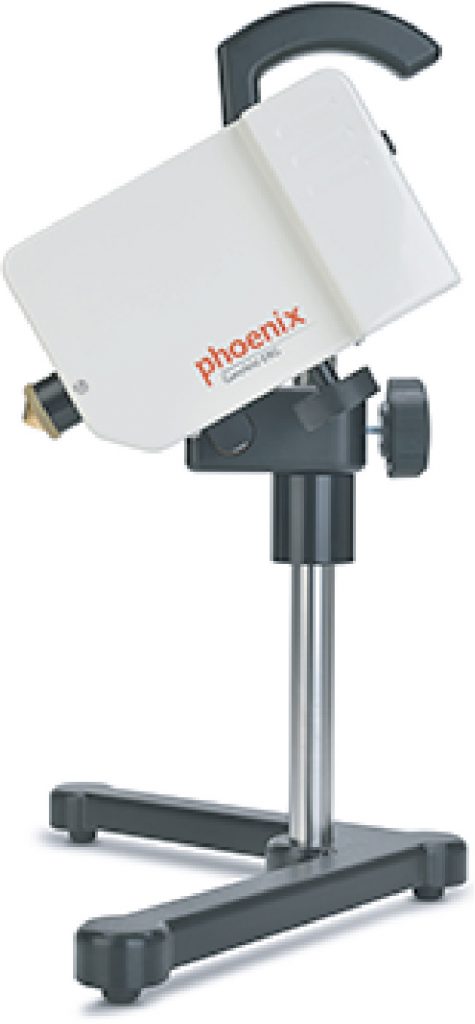MICRON® Ganzfeld ERG
Electrophysiology tool optimized for the unique retinal response of rodent photoreceptors
- Specific capability to excite S-cones, M-cones and rods
- Dark lab technology allows eye to be dark adapted to the fullest for murine rod photoreceptors
- Software seamlessly controls UV and green stimuli for precise and customizable testing
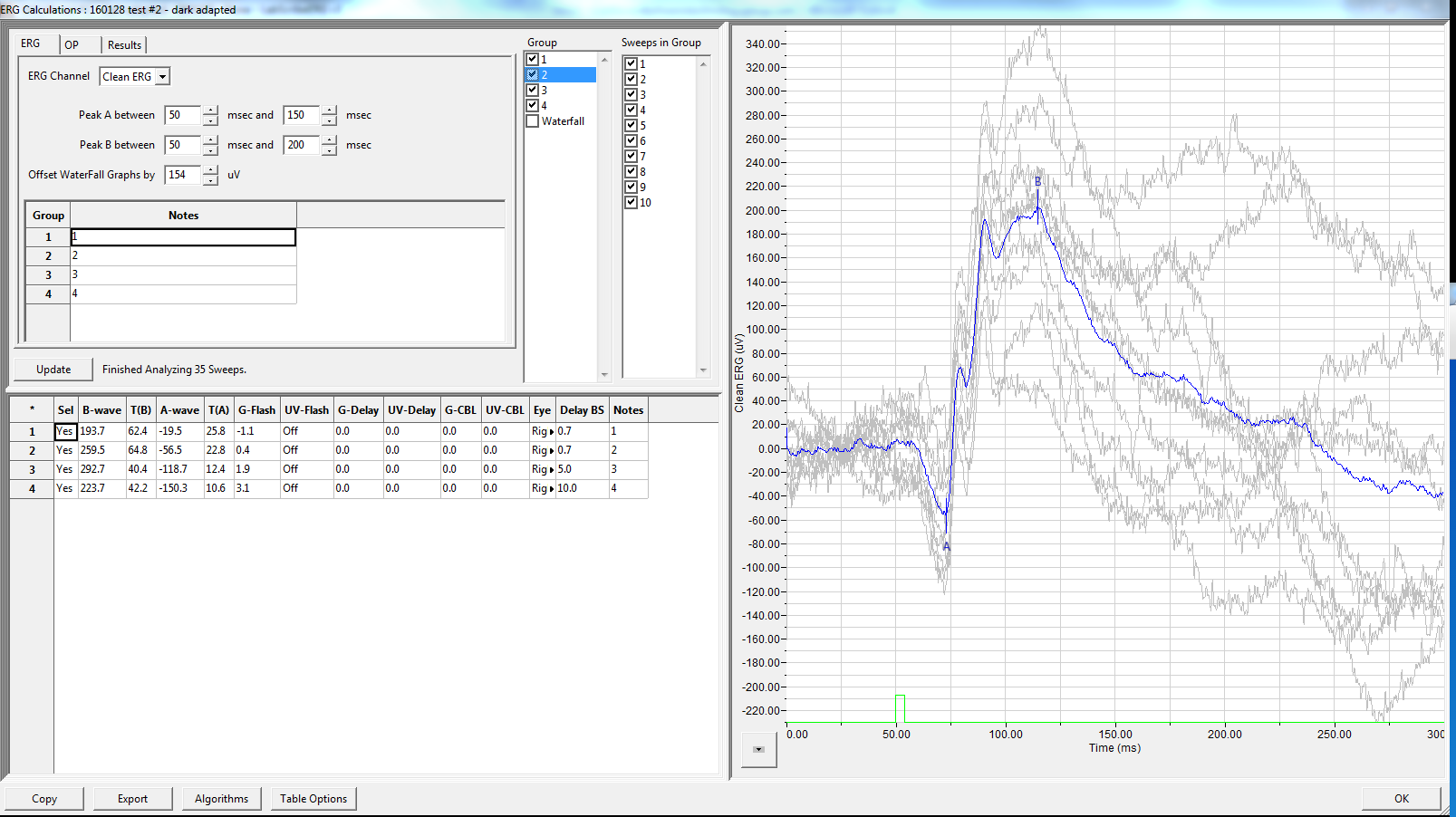
MICRON Phoenix analysis tools not only extract the oscillatory potential but automatically build a waterfall display.
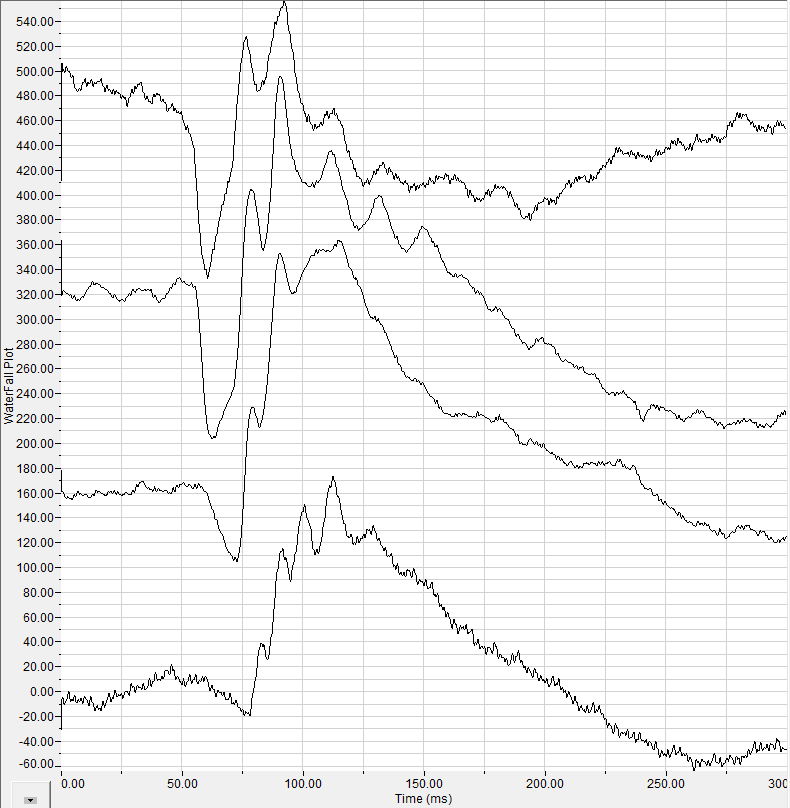
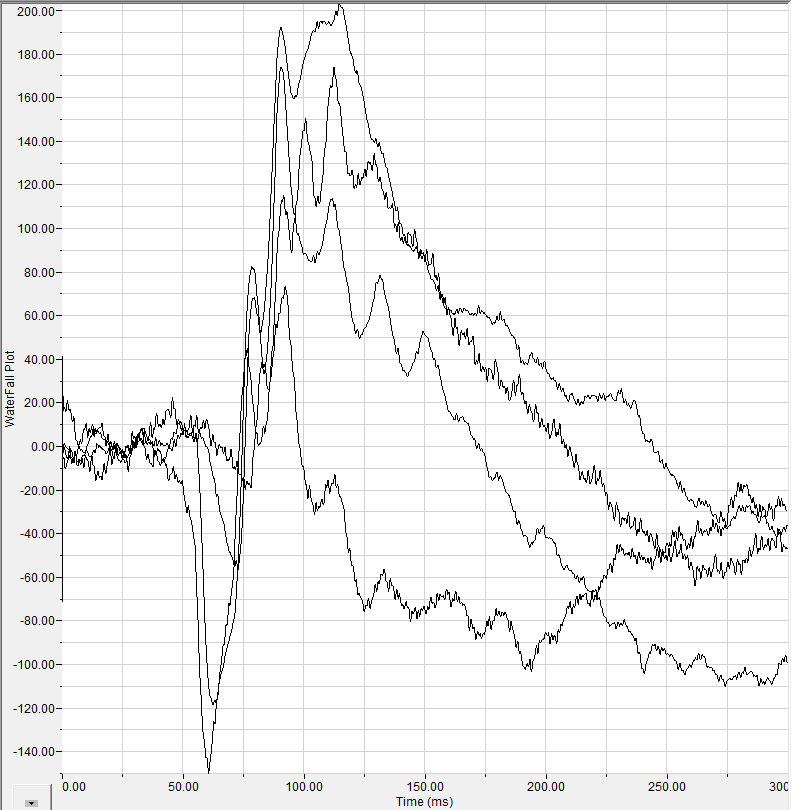
Unique ERG tools specifically for rodents
MICRON CLEAN signal processing filters out 60 Hz noise often found in building power systems. This unique feature eliminates the need for notch filters or bandwidth clipping, preventing distortion and allowing single ERG measurements without averaging low-level signals to remove noise.
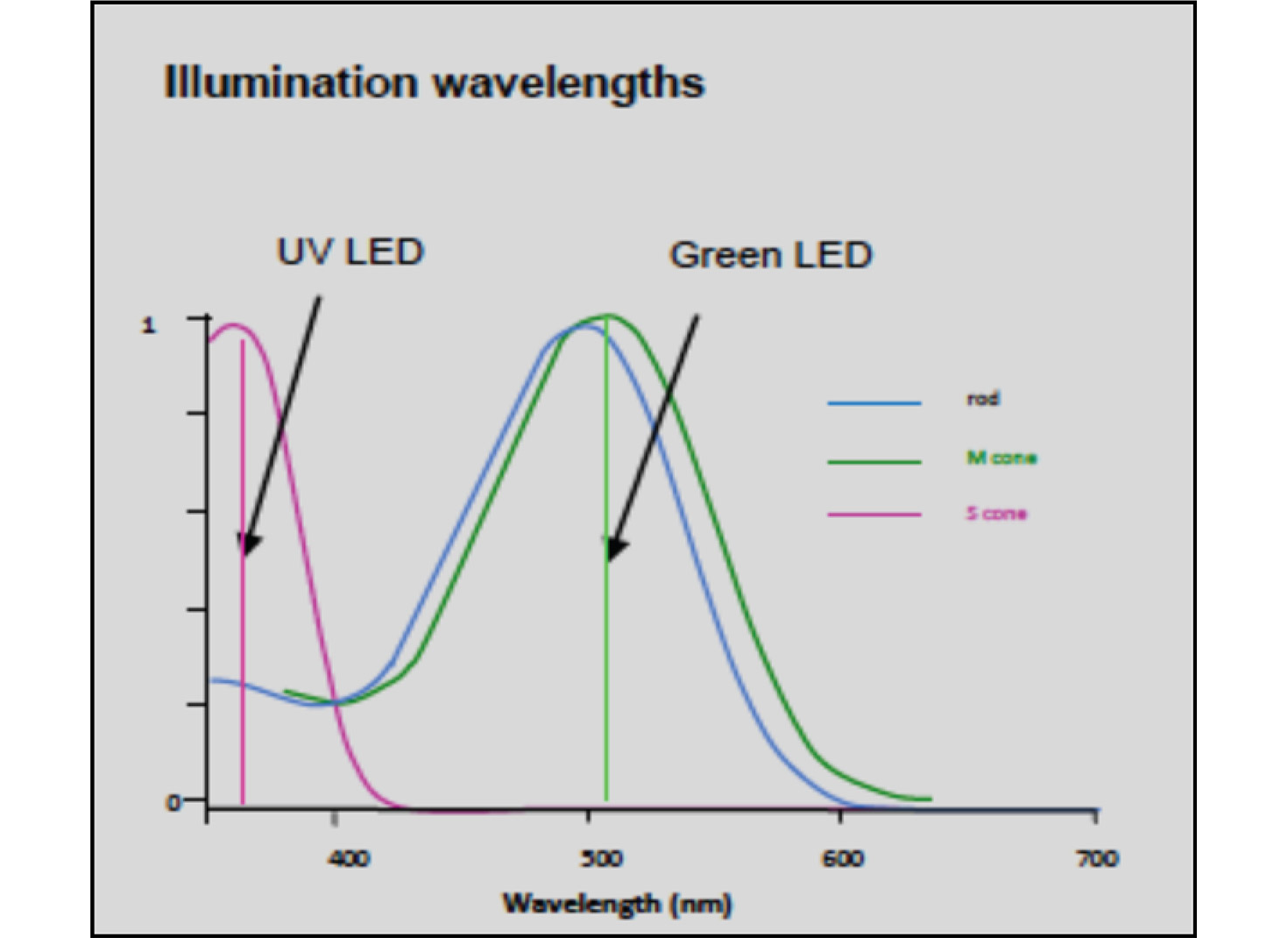
ERG SOLUTIONS FOR THE RODENT EYE
Ganzfeld ERG
A compact, stand-alone unit with an extensive dynamic range, offering both UV and green light to precisely match the sensitivity of rodent photoreceptors.
Focal ERG
Attached to the MICRON imaging system, the Focal ERG enables precise targeting of specific retinal locations for study while preserving dark adaptation. It also supports a wide range of focal spot sizes.
A fully functional system
Equipped with a full range of functions such as flicker, background saturation and OP wave extraction.
Equipped with CLEAN, a Phoenix innovation that automatically removes 60 Hz pickup.
Ganzfeld ERG for rodents
The Phoenix MICRON® Ganzfeld ERG System is optimized for the unique retinal response of rodent photoreceptors and provides the specific capability to excite S-cones, M-cones, and rods. The system is equipped with the unique Phoenix “dark lab” technology so that the eye can be dark adapted to the fullest for murine rods. A proprietary software suite controls the stimulus for UV and green—providing full
control of pulse width, delay, intensity, and flicker.
The unique Maxwellian view design allows for the corneal electrode to be part of the front lens. An infrared camera provides guidance, ensuring gentle contact with the cornea even in minimal light. This maintains absolute dark adaptation and stable contact with the eye.
Designed for a crowded lab: The smallest system for the smallest animals.
